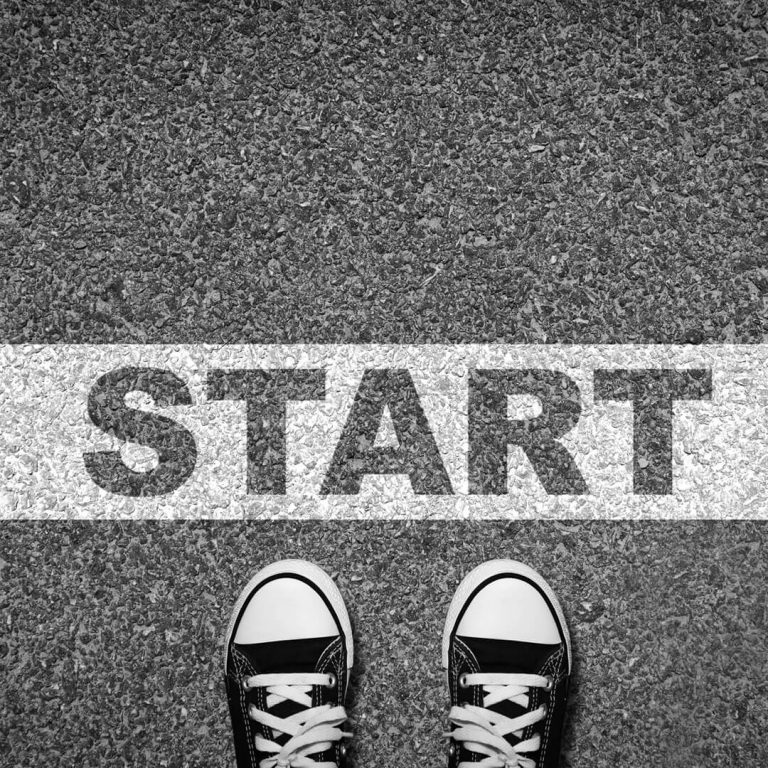We’ve all made New Year’s resolutions: Lose weight. Stop smoking. Get organized. Learn to (insert sport, hobby or skill here). Exercise more. We’re finally going to achieve that goal, we tell ourselves.
Until we don’t. A pair of surveys show that about 43 percent of resolutions don’t last a month.
For 2023, approximately 39 percent of survey respondents said their New Year’s resolutions were related to their finances. If that was your goal and you fell short, or if you are looking forward to setting that goal for 2024, preparation is key to success. Below are eight steps to a brighter financial future. Some only take a few minutes; others require a bit more time. But with the right attention, they can all help put you on the path to financial success in 2024 and beyond. Learn how to make—and keep—a financial New Year’s resolution below.
1. Take stock of what you’ve got.
Over time, you accumulate. You open a new account here, take out a loan there, and before you know it, you’ve lost track of your big picture. Start this year by creating a financial inventory: a list of all you own and owe that includes the following:
- Bank accounts: checking, savings and term accounts (similar to CDs)
- Investments: brokerage, 401(k), IRA and annuity accounts and real estate
- Insurance: life, disability and other policies that benefit you
- Credit: mortgages; lines of credit; credit cards and other revolving debt; auto, student and personal loans
Note the current balance of each account or policy, along with the company that holds it, the account number and contact information. Store your inventory in a secure location that’s password-protected if it’s a digital file.
Now that you’ve documented the big picture view of your finances, you can make more informed financial decisions going forward. Your inventory also boosts your estate planning and disaster recovery stance as neither you nor anyone else will have to search for this information in a crisis.
2. Budget your year.
Unrealistic or vague ideas of our income and expenses will never provide a foundation to start seeing measurable savings. Most of us may know the figure on our paycheck each week or every two weeks, but it’s the lack of budgeting on our expenses that can sabotage the good intentions to grow our savings.
Before you can set a realistic resolution, you’ll need a clear picture of your monthly obligations, plus the extras you’re spending your money on. Start by tracking your finances using free budgeting apps. One of the most popular all-in-one personal financial management apps that syncs all of your accounts, from your checking account to your credit cards to your investments, is Mint. Wally is another popular free app for tracking money coming in and going out of your account. It does not link to your financial accounts (so if you forget to enter a deposit or expense, it may not match with what you actually have in your account), but it does help cut down on spending. Goodbudget also helps cut spending, and builds on the concept of the envelope system, where cash is set aside in 10 separate envelopes (for the free version) for things such as groceries, entertainment, etc.
Once you’ve logged your spending for a month or two, your financial trends will become clearer to you. Mark down everything—even the dollar you put into the vending machine at work. You might not think much about that $5 coffee you buy each morning on the way to work until you see it in the app and realize you’re spending $25 a week—that’s $100 a month—on something you could make at home and pour into a travel mug. If apps aren’t your thing, you can use an old-fashioned spreadsheet budget created in either Excel or Google Sheets.
3. Identify your financial resolution.
With your budget in place, it’s time to decide what to do with the money you plan to save each month (i.e., your resolution). Your financial inventory (see step 1) may help to show you where it’s needed. For instance, if you don’t have three to six months’ worth of expenses set aside in a savings account in case of emergency, start building a rainy-day savings fund.
You have a much better chance of success with your resolution if it’s attainable. “Lose 100 pounds” is a difficult resolution to achieve, and you might give up after not much time has passed if you don’t have a strategic game plan of how you intend to work toward this goal. An alternative goal could be, with smaller, achievable goals: “Lose five pounds a month by implementing a safe and healthy plan to shed 100 pounds and keep the weight off.”
If your ultimate goal is to pay off your student loan, start by setting a realistic goal, like reducing the balance by an additional $2,500 by the end of the year. That’s about $200 extra a month, and with your budget figured out, you’ll know where the extra money is coming from.
What are some New Year’s resolutions you can achieve to better your finances?
- Save more money. Break that broad goal into specific ones that are attainable. Those include creating a rainy day fund with a specific amount of money in it by the end of the year, increasing your existing savings so that you have six months’ worth of living expenses put away, or raising your retirement account contributions each month by 10 percent, for example.
- Spend less money. Look at your budget to see where you might be overdoing it. Trips to the mall and dinners out are good places to start.
- Pay off debt, such as student loan debt and credit card debt.
- Make one more mortgage payment each year. That one extra payment on a 30-year, fixed-rate loan could shave as much as five years and thousands of dollars in interest payments off the loan.
- Pay more attention to your finances. That includes requesting a free credit report to look for errors that could negatively impact your credit score, which is reviewed when you go to apply for a loan, for example, or studying your investments. Check your 401(k) statements regularly to look for underperforming, or losing investments, and shift your funds if necessary (consult your financial adviser).
4. Plan to pay down debt.
If you’re concerned about the total amount of your credit card balances after completing your financial inventory, make a plan to pay them down this year. You might have to make some tough decisions to achieve this goal such as cutting back more on non-essentials or picking up a side hustle. But that’s the point of having a big picture view of your finances: It helps you prioritize financial well-being.
Two popular ways to tackle credit card debt focus on one card first, while paying the minimum on all others. Each method repeats the process until every card is paid off:
- Snowball method: You pay off the smallest balance first, keeping you motivated by the quick win.
- Avalanche method: You pay off the highest interest rate first, saving you more money.
Understanding what motivates you can help you choose between the snowball and avalanche methods.
5. (…and 6 and 7) Three Quick Hits.
You’re on a roll, so don’t quit now. These three steps are quick and easy:
- Check your credit report: You’re working hard to secure your financial position. Don’t let someone else wreck it. Routinely check your credit report for errors and fraudulent activity, both of which can damage your credit history. You’re entitled to one free credit report per year from each of the major credit bureaus. Check one now and space the other two throughout the year.
- Prep for tax day: Start a 2023 tax file and gather into it receipts and other information you’ll need to file your return. Add W-2s, 1099s and any other filing forms as soon as they’re available.
- Set up automatic bill pay: Avoid paying late fees, save on stamps and gain back some time each month by automating payments for recurring bills.
8. Schedule quarterly financial checks.
One last thing to do: Make it a point to monitor your financial situation throughout the year and adjust as needed. Go ahead and block some “check-in” time on your schedule for the end of each quarter to make sure you stay on track.
Editor’s note: Quorum is not affiliated with any of the companies mentioned in this article and derives no benefit from these businesses for placement in this article.






Comments Section
Please note: Comments are not monitored for member servicing inquiries and will not be published. If you have a question or comment about a Quorum product or account, please visit quorumfcu.org to submit a query with our Member Service Team. Thank you.